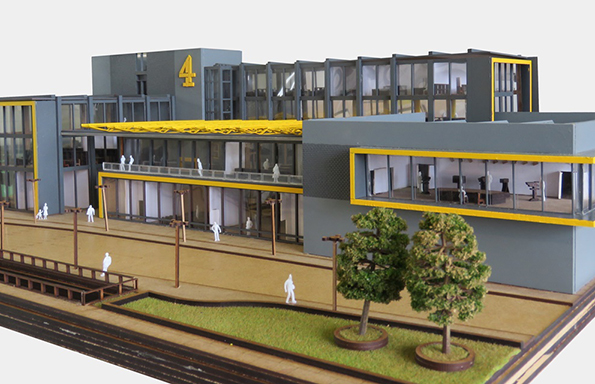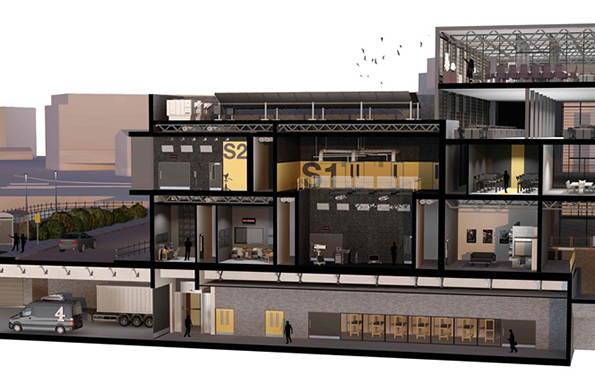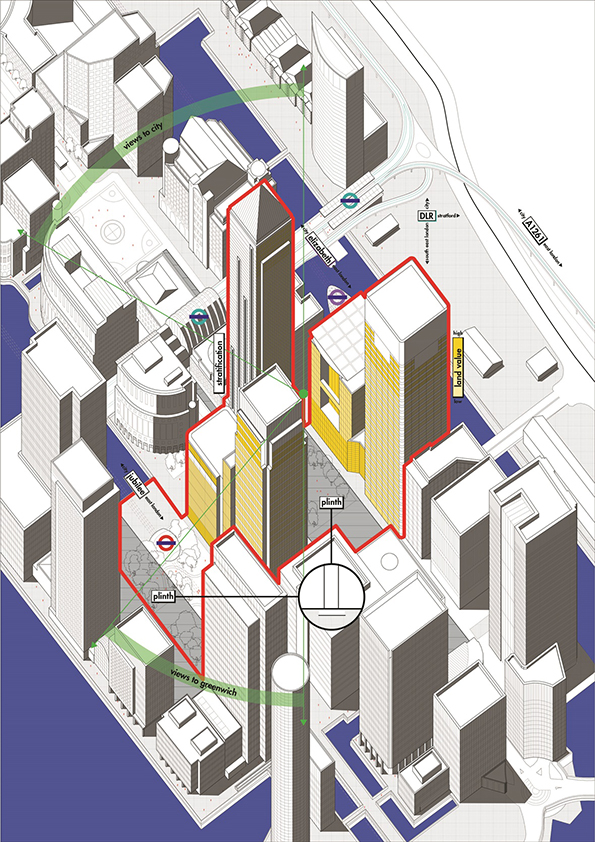Architecture student projects nominated for top industry prize
Published on

A potential new hub for Channel Four, and an architectural response to an imagined future where 10 million jobs have been lost to automation will represent the University of Liverpool in the 2018 AJ Student Prize.
Earlier this year The Architect’s Journal, in association with founder partner, Marley Eternit, invited every RIBA-accredited school in the UK to select their top two student projects: one at undergraduate level and one at postgraduate level.
In total, 78 entries were received and in September, an expert jury – including Graeme Nicholls, Roz Barr, Harriet Harriss and Hanif Kara – will meet to choose two winners; one at undergraduate and one at postgraduate level.
All the nominated students will be invited to a special event in London to celebrate their success, and find out who the winners are.
Here are the nominees from the University’s School of Architecture:
Undergraduate – Scott Millington (BA Architectural Studies) and his project, Network.

Scott said: “The brief anticipates the forthcoming roll-out of a small number of Channel 4 TV hubs in the regions and constituent nations of the UK. Liverpool possesses a rich and varied architectural heritage which makes it a popular destination for film and television production. The city has recently been shortlisted as a potential destination by Channel 4. The accommodation requirements for the project were administrative offices and media facilities comprising one large multi-purpose television studio; one studio for live broadcast; sound recording studios; associated green rooms and changing rooms; and a cinema room. These intensive demands had to be satisfied on a restricted docklands site, which is located within a World Heritage Site and at the heart of a vibrant tourist district. The design solution segregates the administrative function and media facilities into separate wings, unifying them with a covered courtyard in order to promote public engagement and provide shelter in an exposed maritime location.”
Scott’s tutor, Richard Dod said: “The design skilfully responds to the commercial nature of the project. It is a practical solution to a complex problem but nonetheless creates moments of spectacle and the general aura of a media centre.”
Postgraduate - George Clarke, Oliver Bennison, Saskia Furman, Harry Lewis (MArch) and their project, Automonument.

The team said: “It’s 2030. 10 million jobs have been lost to automation. Such a shift has resulted in structured unemployment, which has changed the meaning of work and its relationship to the home. Consequently, large-scale office buildings are now redundant, and these architectural dinosaurs can be manipulated to respond to emerging lifestyles that have resulted from automation and extenuate London’s housing crisis. A study of late-20th century sociology explored the predictions for automation and globalisation, and how the altered relationship between living and working will affect the future of housing. Sociology, along with data-based reports, such as PwC’s report on automation, informed a set of outcomes that automation would have on worldwide central business districts, along with the effect it would have on society. A new typology was created through transposing existing housing typologies onto the infrastructural skeleton of the redundant office tower – a hybrid of housing that accentuated the importance of public space and the new breed of guilds that would coexist on this architectural dinosaur. The thesis began with the London testbed of Canary Wharf."

Their tutor, Johanna Muszbek said: “The thesis is both pragmatic and visionary, an intellectually rigorous advocacy for architectural design.”
[callout title= ]Click here to find out more about studying Architecture at the University of Liverpool[/callout]